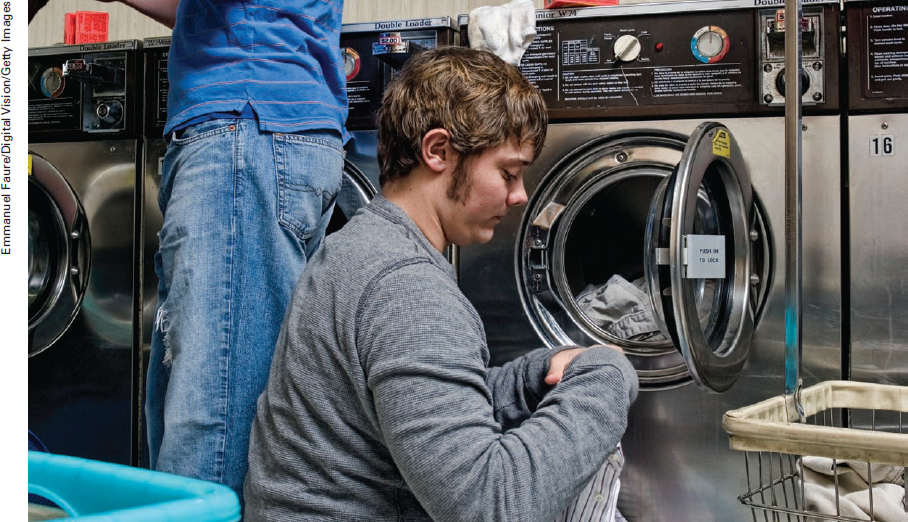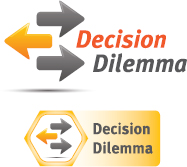CHAPTER 3
Descriptive Statistics
LEARNING OBJECTIVES
The focus of Chapter 3 is the use of statistical techniques to describe data, thereby enabling you to:
1. Apply various measures of central tendency—including the mean, median, and mode—to a set of ungrouped data.
2. Apply various measures of variability—including the range, interquartile range, mean absolute deviation, variance, and standard deviation (using the empirical rule and Chebyshev's theorem)—to a set of ungrouped data.
3. Compute the mean, median, mode, standard deviation, and variance of grouped data.
4. Describe a data distribution statistically and graphically using skewness, kurtosis, and box-and-whisker plots.
5. Use computer packages to compute various measures of central tendency, variation, and shape on a set of data, as well as to describe the data distribution graphically.


Laundry Statistics
According to Procter & Gamble, 35 billion loads of laundry are run in the United States each year. Every second 1,100 loads are started. Statistics show that one person in the United States generates a quarter of a ton of dirty clothing each year. Americans appear to be spending more time doing laundry than they did 40 years ago. Today, the average American woman spends seven to nine hours a week on laundry. However, industry ...
Get Business Statistics: For Contemporary Decision Making, 8th Edition now with the O’Reilly learning platform.
O’Reilly members experience books, live events, courses curated by job role, and more from O’Reilly and nearly 200 top publishers.

